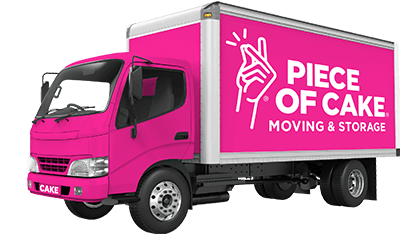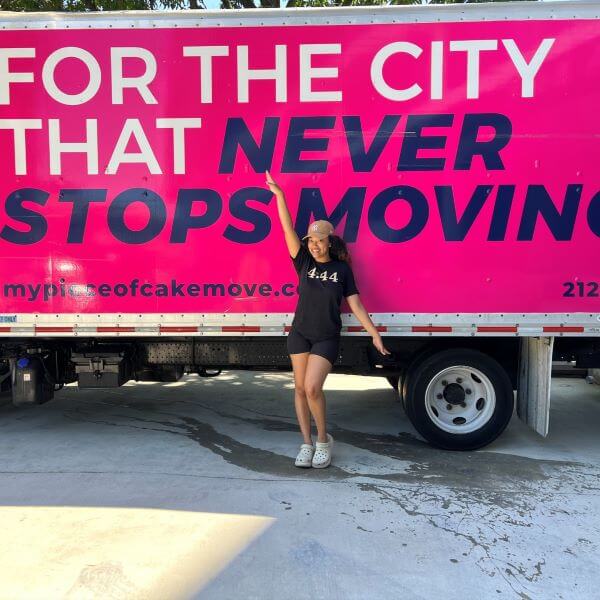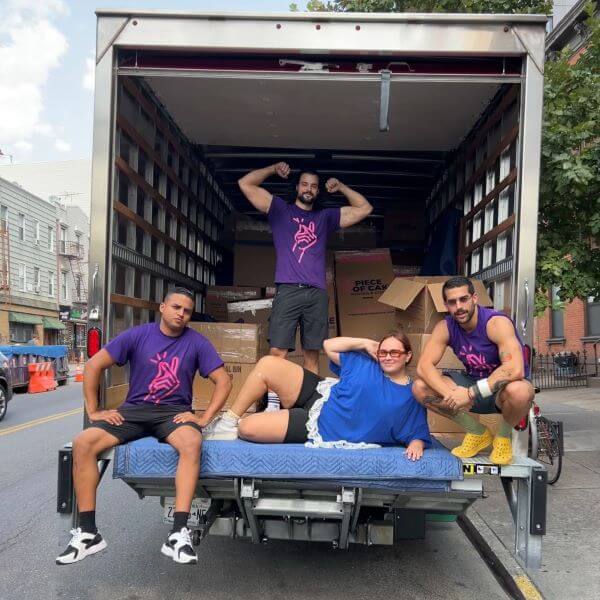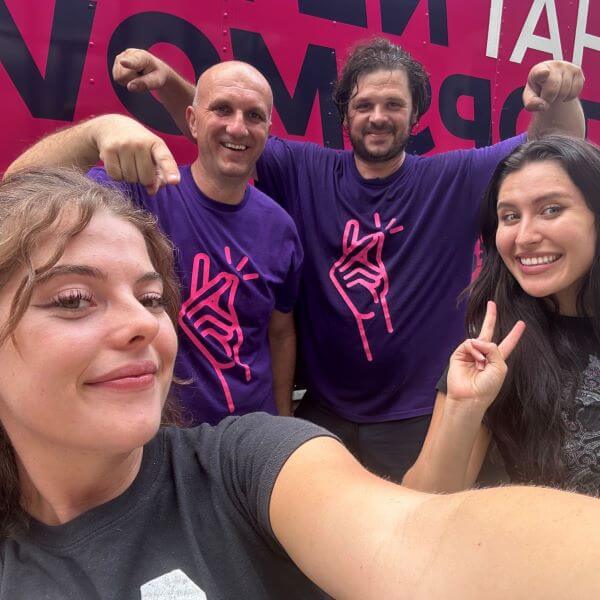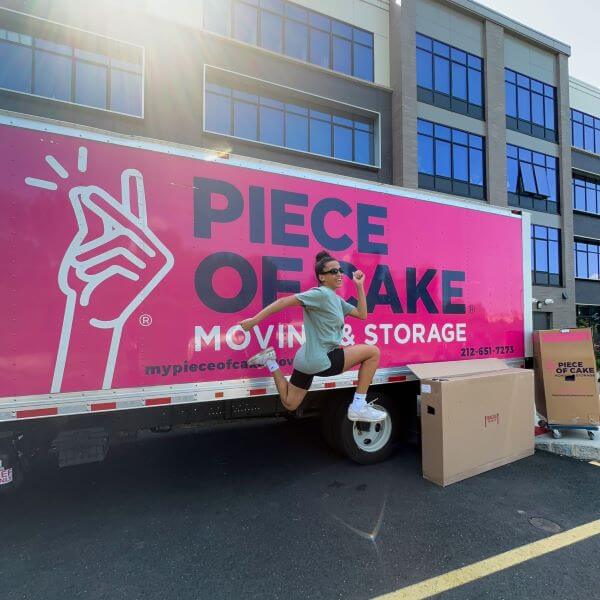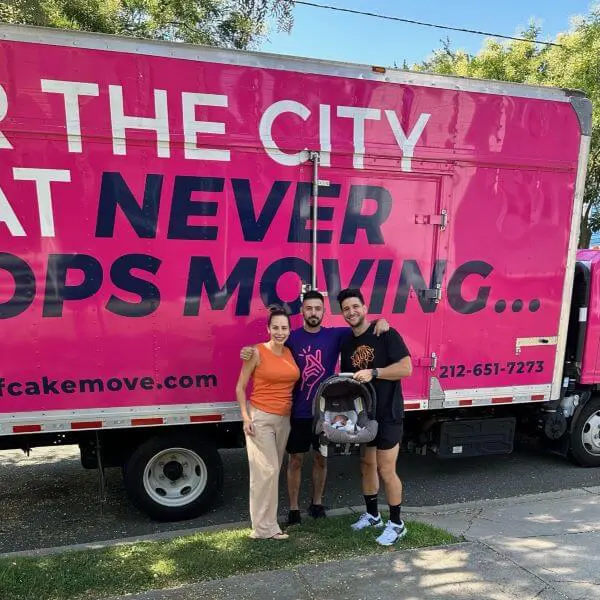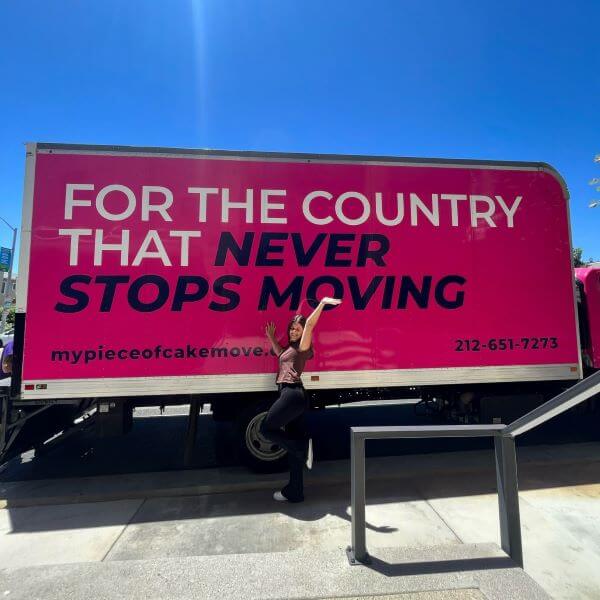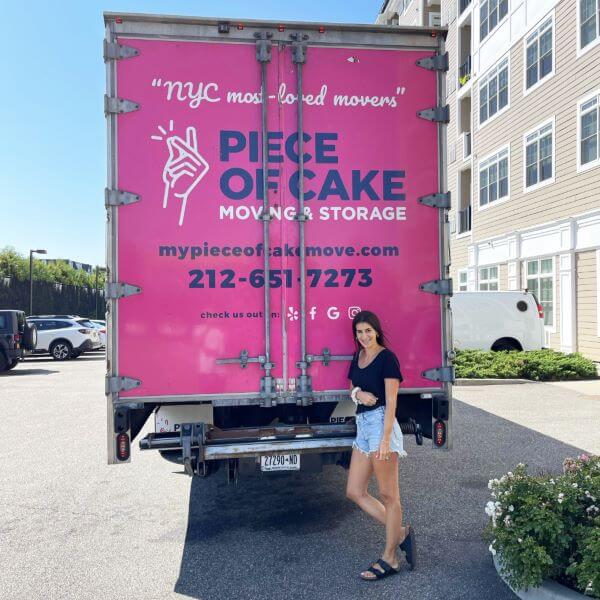Moving day tips unique to Florida
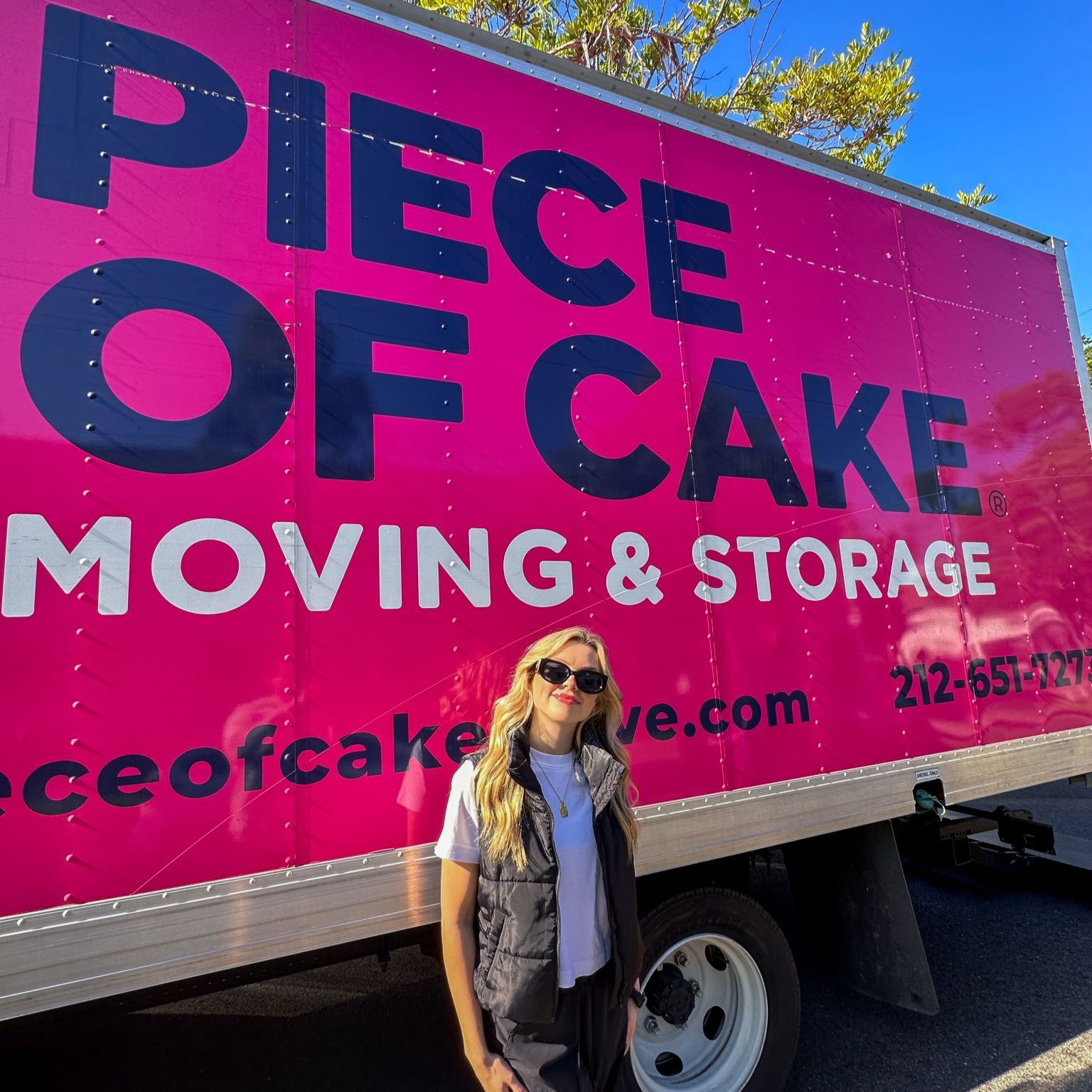
Crucial Things to Know When Moving to Florida for the First Time
Welcome to the ever-sunny embrace of Florida, a land where palm trees sway gently to the rhythm of life, and every sunset over the Gulf is a spectacle. Florida isn’t just a state – it’s a mood, a lifestyle, a place where every day can feel like a vacation.
Also known as the Sunshine state, Florida, offers a blend of tropical living, bustling urban centers, and quaint small-town charm. Known for its beaches, amusement parks, and a relaxed lifestyle, Florida is a state of diverse communities and cultural richness.
Here’s your practical guide on key aspects of moving to Florida to help you have a smooth and bright transition to your new home.
Table of Contents:
- Finding Your Sunshine Spot
- Diving into the Floridian Rhythm
- Cost of Living in the Sunshine State
- Your Home under the Sun
- Navigating Florida’s Rental Process
- Embracing the Arts Scene
- Cruising Around Town
- Finding Your Sunshine Spot
Picking the right neighborhood is your first step into embracing the Floridian lifestyle, a decision that will color your day-to-day experiences in this tropical haven.
Each city in Florida offers a multitude of neighborhoods with its own unique charm and rhythm, from the bustling energy of Miami to the serene harmonies of Naples. Unlike the concrete jungle of New York City, Florida’s towns and cities are often sprinkled with palm trees, bodies of water and are caressed by sea breezes.
The major cities like Miami, Tampa, and Orlando each have their own urban core, presenting a variety of neighborhoods that offer a blend of residential and commercial excitement. Here, the lifestyle is more upbeat, mirroring the fast-paced lifestyle of Manhattan yet with a Floridian twist. If a quieter, more serene environment is what you’re looking for, communities in cities like Naples, Sarasota or even the quaint neighborhoods in St. Petersburg might resonate more. These places offer a more serene, community-driven environment perfect for families or retirees.
Orientation in Florida cities is less about iconic landmarks and more about your proximity to the coast or major highways. Understanding the layout of the city you choose to call home, and the main arteries that flow through it, will serve you well in your daily commutes.
Florida is more spread out and often requires having a car. However, places like downtown Miami, Tampa, or Orlando offer more public transportation options. If your daily routine centers around a particular city, finding a neighborhood that minimizes your commute while maximizing your exposure to preferred amenities is key.
Florida’s cultural diversity reflects its welcoming spirit. Much like how New York is a melting pot of cultures, Florida’s neighborhoods are home to a blend of locals, newcomers, and expatriates.
The essence of your Florida adventure is largely shaped by the neighborhood you choose to nestle in. Whether you’re drawn to the urban allure of downtown Miami, the suburban charm of Boca Raton, or the serene beauty of Naples, your neighborhood is your everyday backdrop. So, pick a place that not only meets your needs but also harmonizes with your lifestyle and resonates with your heart.
- Diving into the Floridian Rhythm
Stepping into Florida is like tuning into a gentle rhythm, where the pace of life harmonizes with the natural serenity of its surroundings. The state beckons you to slow down, soak in the warmth of the sun, and engage in a lifestyle that cherishes the outdoors.
The business culture, while competitive, leaves room for forming genuine connections, making the professional journey here as fulfilling as it is successful. It’s a place where ambition finds its expression in a balanced lifestyle.
The state treasures its tranquil evenings as much as its sunlit days. Areas like Miami or parts of Tampa buzz with a vibrant nightlife, yet the overarching atmosphere leans towards enjoying peaceful moments by the water.
The abundance of open spaces is one of Florida’s hallmarks. The endless beaches, sprawling parks, and quaint outdoor cafes offer a daily escape into nature. These spaces provide a refreshing counterbalance to the professional hustle, inviting you to rejuvenate amidst Florida’s scenic beauty.
Florida’s soundscape is a soothing blend of rustling palm trees and gentle waves. The skyline might be lower, but the horizon is wide, urging you to explore life beyond the confines of the indoors.
- Cost of Living in the Sunshine State
Florida is known for its relatively affordable cost of living compared to many other states in the country. The state is attractive for its no state income tax, however, residents are still subject to federal taxes and it’s essential to budget for other expenses, such as housing, utilities, groceries, and car ownership costs. Cities like Miami and Fort Lauderdale tend to have a higher cost of living, while smaller towns and cities like Gainesville or Palm Coast are more affordable. Like any place, the cost of living can vary significantly from one city to another. It’s essential to research and choose a location that fits your budget and lifestyle preferences.
Homeownership is a more attainable goal in many parts of Florida, with a housing market that caters to a variety of budgets. Whether you’re looking for a modest home or a luxury waterfront property, Florida’s real estate market offers a diverse range of options.
Grocery shopping in Florida presents a range of price points to accommodate different budgets. Mainstream supermarkets like Publix and Winn-Dixie provide a wide variety of goods at reasonable prices. For those who prefer organic or gourmet options, stores like Whole Foods are also available. The state is also home to various farmers’ markets offering fresh, locally sourced produce.
- Your Home under the Sun
The quest for the perfect apartment in Florida has its own set of dynamics. Unlike the intense summer rental season often seen in major cities, Florida’s rental market can be somewhat more stable throughout the year, though there might be a slight uptick during the winter months with the influx of out-of-state “snowbirds” fleeing from colder climates.
Florida offers a variety of rental options from high-rise apartments in bustling urban centers like Miami, to quieter, suburban apartments, and townhomes in places like Sarasota or Fort Myers. The process might be less frenetic compared to some major cities, but it is still wise to come prepared.
When it comes to securing an apartment, having a checklist is key. Ensure you have essential documentation like proof of income, references, and identification ready to expedite the application process. It’s not uncommon for popular complexes or areas to have a competitive rental market, so being prepared can give you an edge.
On securing your new place, coordination with your new building’s management, if applicable, is crucial, especially if there are specific moving days or hours. Unlike some cities, the requirement for a Certificate of Insurance (COI) is not as stringent but checking with your building management for any specific requirements is advisable.
The state has regulations to protect tenants, such as the Florida Residential Landlord and Tenant Act which outlines the rights and responsibilities of both landlords and tenants. It’s a good practice to familiarize yourself with these laws to understand your rights regarding security deposits, lease terms, and other important aspects of renting in Florida.
Florida’s housing real estate market is varied and offers a mix of options ranging from quaint cottages in Key West to modern lofts in downtown Orlando. When house hunting, consider factors like proximity to work, local schools, and community amenities. It’s also advisable to understand Florida’s property taxes, homeowner’s insurance, and, if applicable, Homeowner Association (HOA) fees.
- Navigating Florida’s Rental Process
When diving into the rental market of Florida, one will quickly realize it has its own set of rules and characteristics compared to other states. Here are some Florida-specific pointers to support your rental process:
- Income Verification: Unlike some cities with stringent income-to-rent ratios, Florida’s requirements are slightly more relaxed. A common practice among landlords is to seek proof of income that’s around three times the monthly rent.
- Rental Applications: Florida has a robust online ecosystem for rental applications. Many property managers and landlords prefer online applications through platforms like Zillow or Apartments.com to streamline the process and allow for quicker responses.
- Seasonal Price Fluctuations: Florida’s rental prices can fluctuate with the seasons due to its popularity as a winter retreat. During the winter months, rental prices in areas popular with “snowbirds” may increase.
- Condo Associations: A unique aspect of renting in Florida, especially in cities like Miami, is the prevalence of condo associations. These associations often have their own application process, which can include an interview and a separate approval process that may extend the time it takes to secure a rental from days to weeks.
- Hurricane Preparedness: It’s wise to inquire about hurricane preparedness when considering a rental property in Florida. Check if the windows are hurricane-proof and understand the evacuation routes and the building’s hurricane policies. It is also wise to understand your renters or homeowners’ insurance coverage and to adjust your plan as needed.
- Pest Control: Given Florida’s humid climate, pest control is a common concern. Many apartment complexes have regular pest control services. Be sure to ask about pest control maintenance, especially if you are renting.
- Air Conditioning: A working air conditioner is crucial in Florida’s hot and humid climate. Ensure the rental unit has a well-maintained air conditioning system and understand who is responsible for repairs should it break down.
- Outdoor Amenities: Due to the sunny weather, outdoor amenities are a common and appealing feature in Florida rentals. Look for properties with pools, patios, or proximity to beaches to make the most of the Florida lifestyle.
- Waterfront Pricing: Properties near the water or with water views will command higher rents. While the views and location can be fantastic, be sure it fits within your budget.
- Community Amenities: In many Florida communities, amenities like clubhouses, community pools, and fitness centers are common.
These unique aspects of the Florida rental market can impact your experience and costs, so it’s beneficial to understand them as you embark on finding your new home in this sunny paradise.
- Engaging with the Community
The experience of moving to Florida for the first time can be a stimulating venture filled with various forms of entertainment and cultural enrichment. Florida’s vibrant arts scene, coupled with its diverse range of social events, makes it a hub for those with an appetite for exploration and community engagement. One of the annual arts events that stand out is Art Basel Miami Beach, a prestigious art show held annually at Miami Beach since 2002. This event is part of the larger Art Basel franchise, which stages four major fairs each year across the globe. Art Basel Miami Beach is known for featuring a vast array of galleries, with 277 participating galleries in its 2023 iteration, which is set to run from December 8 to 10, with preview days on December 6 and 7. The 2023 iteration will spotlight Latin American and Caribbean art, offering a unique cultural immersion.
Besides Art Basel, Florida hosts various other arts events such as the South Florida Art Deco Weekend and the Annual Downtown Festival & Art Show in Gainesville, among others. These events provide an avenue for both residents and visitors to delve into the artistic and cultural ethos of different Florida communities. The South Florida Art Deco Weekend, for example, is a celebration of the Art Deco era, showcasing a range of architectural, design, and cultural delights. Similarly, the Annual Downtown Festival & Art Show in Gainesville is an opportunity to experience the local art scene alongside a myriad of other community activities.
Florida’s diverse cultural fabric is mirrored in its numerous festivals, art shows, and local gatherings happening year-round across the state. These events are not only a spectacle for the eyes but also a way to integrate into the local community, meet new people, and establish a sense of belonging in your new home.
- Cruising Around Town
Navigating the sprawling landscapes and bustling urban centers of Florida requires a slightly different approach compared to more compact cities. Here, having a car is almost a necessity rather than a choice, particularly if you’re residing in suburban or rural areas. Florida’s public transportation options can be somewhat limited, and having a personal vehicle significantly broadens your accessibility to various parts of the state, making daily errands, commuting to work, or spontaneous beach trips much more manageable. Just be prepared for the occasional traffic congestion, especially during the tourist season or around major events.
While larger cities like Miami, Tampa, and Orlando offer public transportation systems, the reach and frequency might not compare to what one might be accustomed to in denser urban settings. In Miami, for example, the Metrorail and Metromover provide relatively good coverage of the city and its surrounding areas. Similarly, Orlando has the SunRail, and Tampa has a TECO Line Streetcar system. These options are certainly viable for daily commuting, but their scope is relatively limited compared to the sprawling nature of Florida’s cities and towns.
Ride-sharing services like Uber and Lyft are quite prevalent in Florida, offering a convenient alternative to personal car ownership or public transportation. They provide an easy way to cross the city for a night out or a trip to the airport, although costs can quickly add up over time, especially during peak-pricing hours.
Florida’s terrain is flat, and its cities are known for being quite spread out, which can sometimes make walking or biking less practical for long distances. However, many urban areas are working to become more bike-friendly, with dedicated bike lanes and bike-sharing programs like Lime and Citi Bike in Miami. These options can provide a leisurely way to explore your neighborhood or commute short distances. Nonetheless, Florida’s hot and humid climate might make biking less appealing, especially during the summer months
If you’re someone who enjoys boating, Florida’s abundant waterways offer a unique mode of transportation. Various cities have water taxi services, and personal boating is a popular way to get around, especially in coastal areas.
Adapting to Florida’s lifestyle can bring a sense of contentment and excitement. The state’s unique blend of sunny weather, diverse communities, and a plethora of recreational and cultural activities offer a fulfilling experience. Over time, you’ll uncover the unique facets that make Florida a cherished place to call home.
Ready to make a move? Get in touch today for an obligation-free guaranteed flat price moving quote.
Related articles
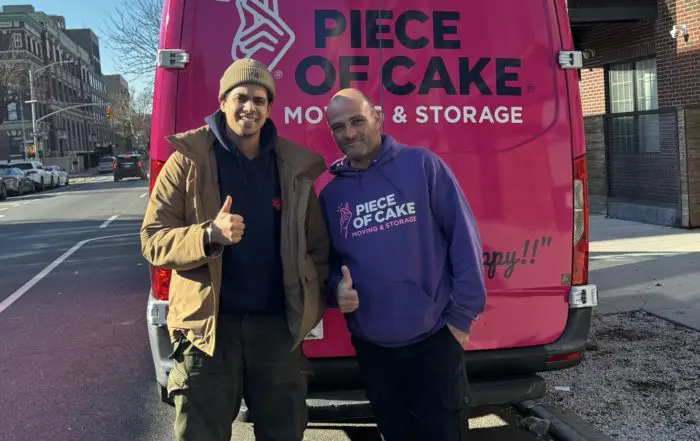
How to move a washer and dryer
Learn More

How to move a fridge
Learn More
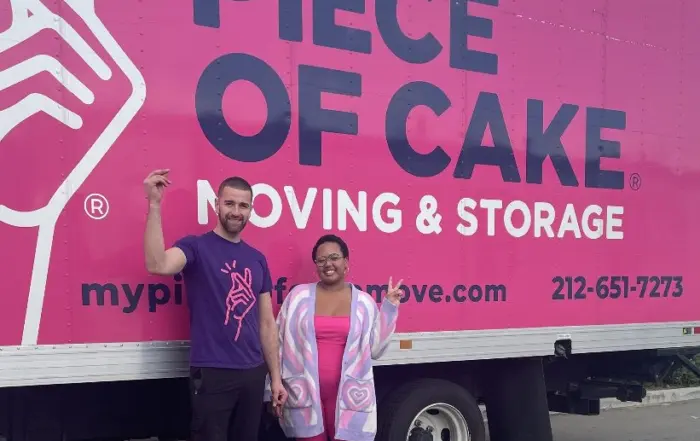
How to pack seasonal decorations for storage
Learn More
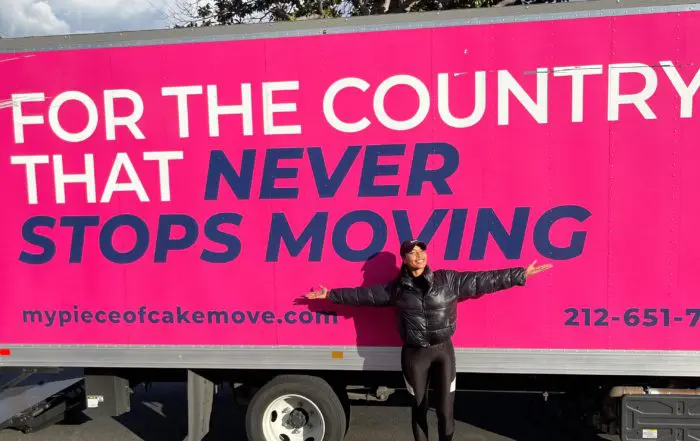
How to expertly pack valuable items when moving
Learn More
